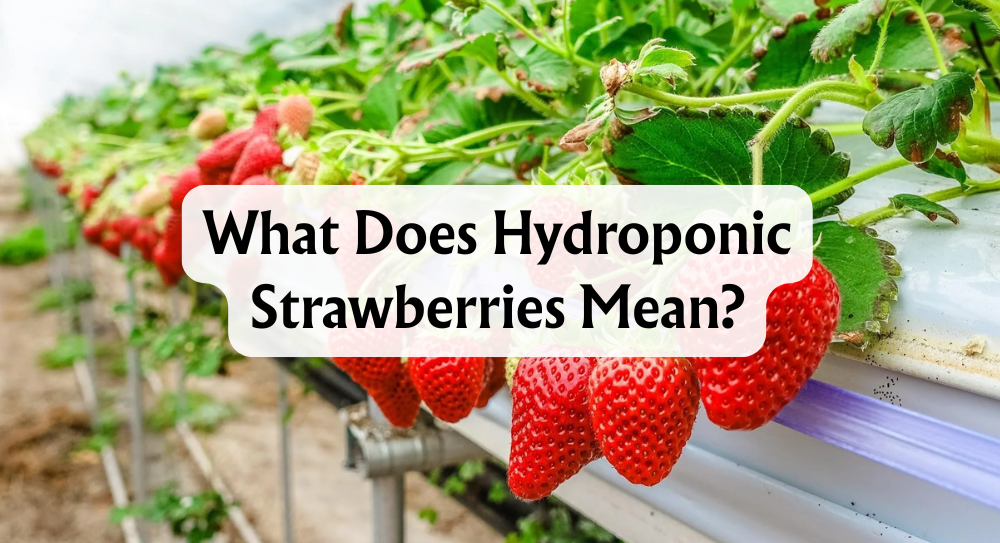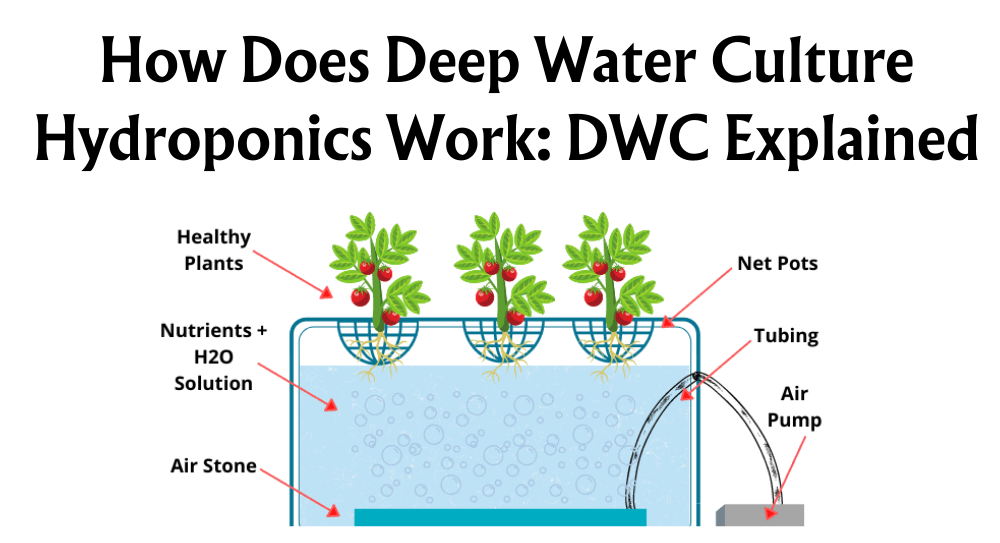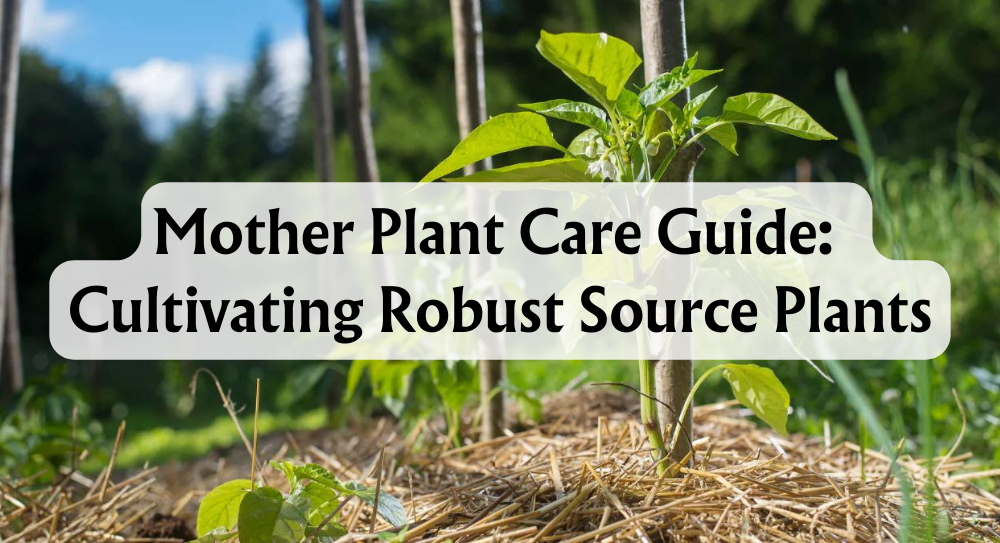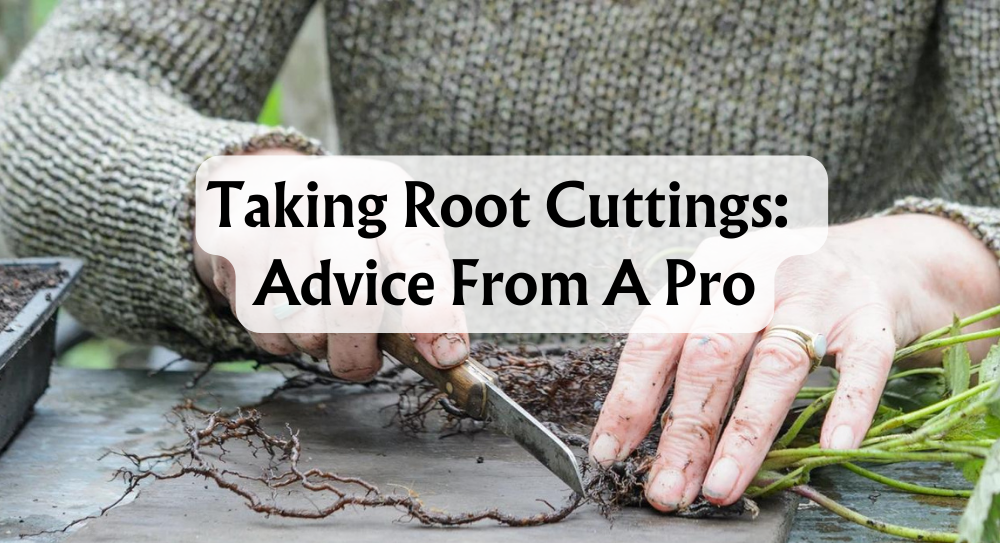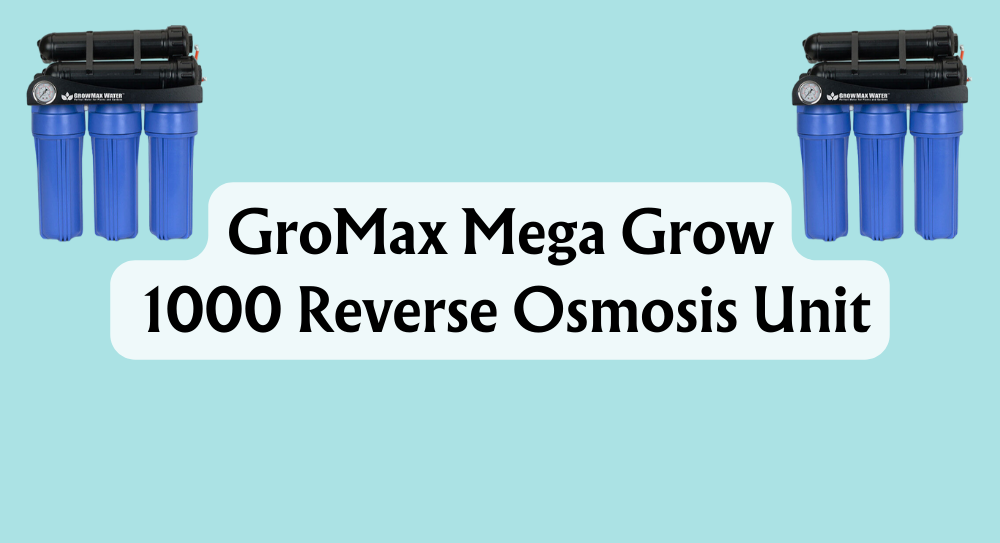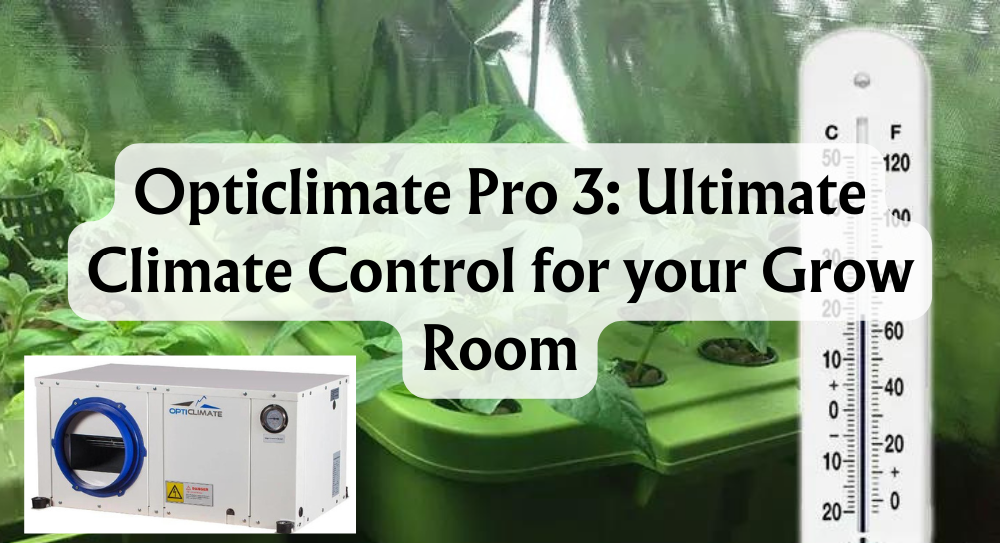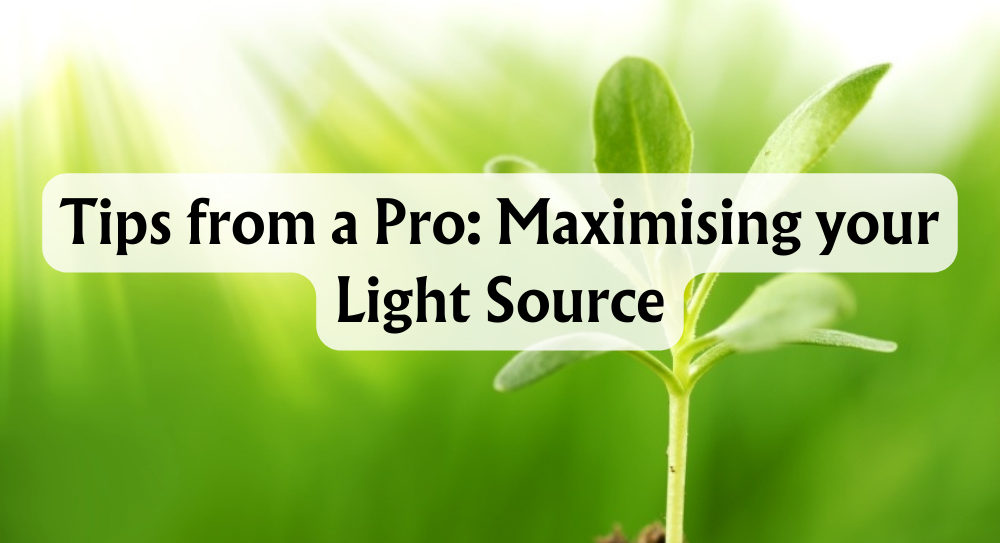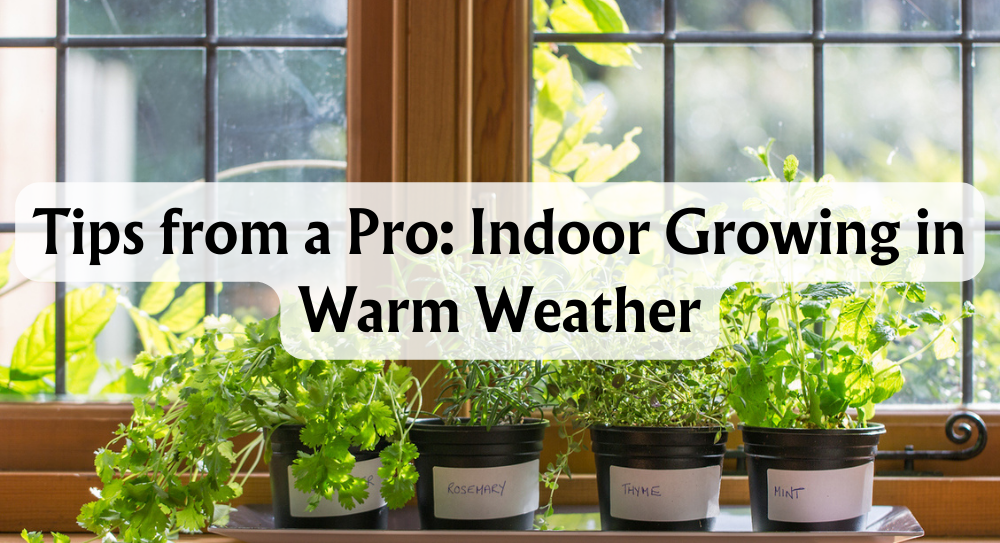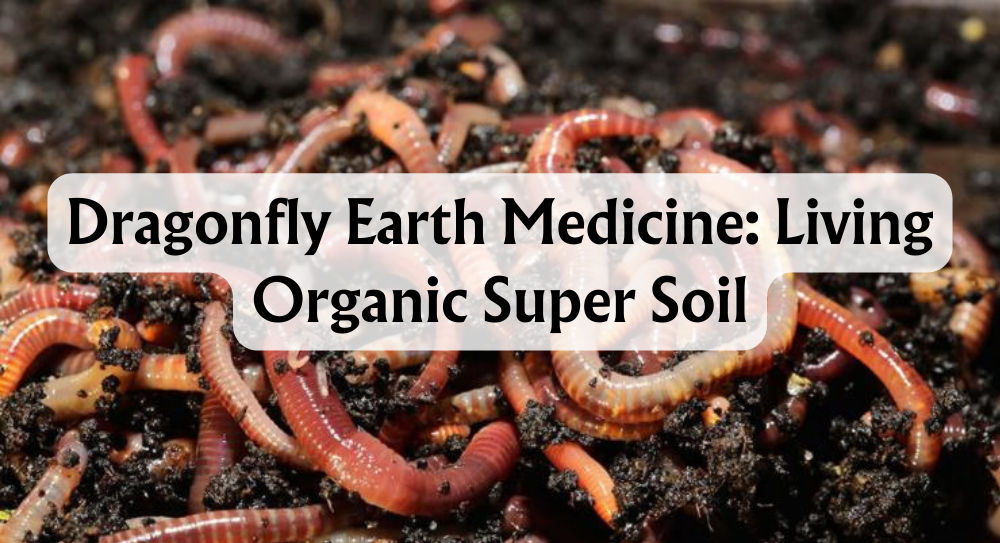How Much Hydrogen Peroxide in Hydroponics?
Hydroponics is taking the gardening world by storm, offering a soilless way to grow everything from herbs to veggies. As hydroponics rises in popularity, maintaining water quality and plant health becomes crucial. Enter hydrogen peroxide. A hydrogen peroxide solution can significantly benefit your hydroponic system by promoting plant growth and preventing root rot.
Using hydrogen peroxide in our hydroponic setups has become a bit of a game-changer. Want to know how much to use? Typically, the recommendation for the ideal dose is around 3ml per litre (or approximately 4 teaspoons per gallon) of water. But why do we even use this fizzing miracle solution? Well, it introduces extra oxygen into the water, keeping those roots healthy and happy.
Of course, we must discuss the importance of how often to add it. Regular additions, possibly weekly, can keep the system thriving. It's not just about splashing some liquid into your tank; it's about understanding the balance between helping and overdoing it. With the right amount, the benefits of hydrogen peroxide can make a world of difference in our hydroponic adventures.
Key Takeaways
- Use 3% hydrogen peroxide to enhance plant growth and prevent root rot.
- Add approximately 4 teaspoons per gallon of water in your system.
- Regularly introduce hydrogen peroxide to maintain a healthy hydroponic setup.
What Is Hydrogen Peroxide (H2O2)?
Let's talk about everyone's favourite compound, hydrogen peroxide! It's got a catchy formula, H2O2. Imagine it as a pair of hydrogen atoms bonded to a duo of oxygen atoms. Sounds simple, right?
Here’s the cool part: when hydrogen peroxide breaks down, it releases oxygen. This is why it's used as a bleaching agent in industries and for disinfecting wounds. It's got versatility written all over it.
Now, hydrogen peroxide isn't just a one-size-fits-all kind of chemical. There are different grades. We've got pharmaceutical, industrial, and the ever-important food-grade peroxide. It's the food-grade stuff that's often making a splash in hydroponic systems.
Let’s compare some common concentrations:
| Concentration | Usage |
|---|---|
| 3% | Household disinfectant |
| 5% | Intermediate grade |
| 35% | Food-grade for hydroponics |
We're focusing on the 35% concentration, popular in hydroponics for its high effectiveness in sterilising systems. Just remember, safety first – it's a bit too strong for a casual splash!
Suitability for Hydroponics
In hydroponic gardening, hydrogen peroxide (H₂O₂) offers several advantages or properties that can enhance plant growth and health. We’ll explore its benefits from stability in nutrient solutions to its microbial and chemical qualities.
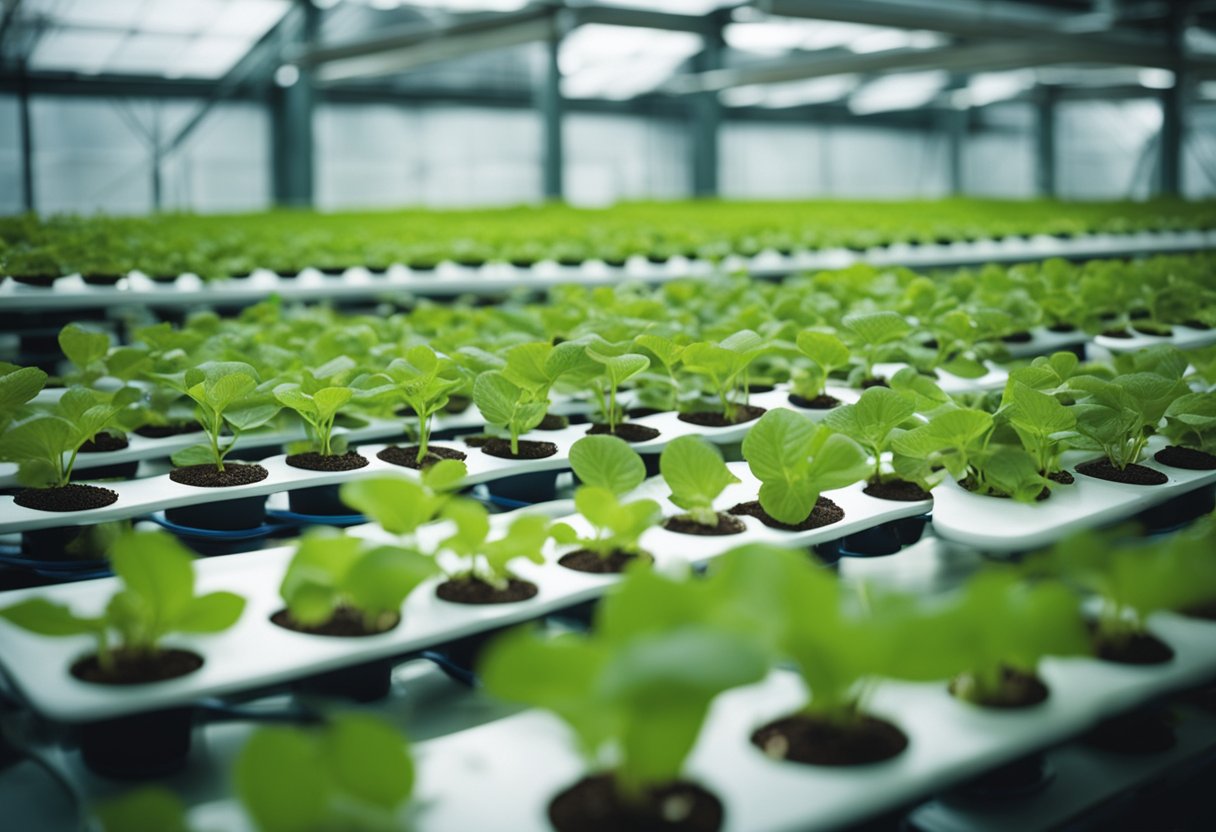
Instability
Did you know that hydrogen peroxide is quite an unstable character? It's true! It breaks down into water and oxygen, a trick that works wonders in hydroponic systems. By releasing oxygen, it helps to aerate the roots, enhancing oxygen availability within the nutrient solution. This oxygenation can improve root health, promoting more vigorous plant growth. Oxygen-rich environments are essential in hydroponics to prevent issues like root anoxia, which can set your plants back significantly.
Anti-Microbial Action
H₂O₂ also holds the power of being a natural disinfectant. It effectively knocks out harmful bacteria, fungi, and pathogens lurking in our hydroponic systems. Let me share a quick tale—one of our fellow growers tackled root rot using H₂O₂, and voila, no more slimy roots! Its anti-microbial properties keep the hydroponic environment clean, reducing disease risks. We should ensure that we use an appropriate concentration to avoid damaging beneficial microbes, though that balance leads to healthier and happier plants.
Biological Signaling
Here’s something fascinating—did you know that a tiny amount of hydrogen peroxide acts as a signalling molecule? In controlled hydroponic setups, this small presence encourages the plant's immune response to activate, helping it cope with stress factors like pathogens. Think of it as a pep talk for our plant friends, encouraging them to muster up their defences. By enhancing plant resilience, we can promote better growth outcomes and sturdier, more robust plants in our systems.
Anti-Chlorine Action
For those of us using tap water, chlorine can be a bit of a bully. Fortunately, hydrogen peroxide comes to rescue our plants by neutralising chlorine, making it kinder for plant roots. This action allows the nutrient solution to be more plant-friendly, reducing the potential damage that chlorine can cause. By stripping chlorine away, we ensure a safer water source in our hydroponic systems, boosting overall plant health and reducing unwanted stressors on plant development.
How to Effectively Use Hydrogen Peroxide
When it comes to using hydrogen peroxide in our hydroponic systems, getting the concentration right is key. A general guideline is to use 3% hydrogen peroxide at about 3-5 mL per gallon of water. Let's be honest—dosing can sound a bit daunting, but it's just a matter of simple maths.
Here’s a quick dosing chart to help us out:
| Concentration | Dose per Gallon |
|---|---|
| 3% | 3-5 mL |
| 5% | 1.8-3 mL |
| 35% | 0.3-0.5 mL |
Now, how often should we add hydrogen peroxide to our hydroponic reservoir? It depends on our goals. For routine maintenance, a weekly dose keeps the water pure and the roots happy. But sometimes, a shock treatment might be needed if issues like algae crop up.
Cleaning our hydroponic system with hydrogen peroxide is another smart move. Start by removing the plants and draining the reservoir. Mix 1 part 3% hydrogen peroxide with 2 parts water. Use this solution to scrub the system, making sure even the air pumps get a thorough cleaning. Voilà! A squeaky clean setup.
We've learnt from fellow gardeners that hydrogen peroxide isn't just a cleaning agent. It's a lifesaver against root rot and other pesky problems. Remember the story of the gardener who transformed a murky reservoir into crystal-clear water after a weekend of hydrogen peroxide treatment? It's real magic!
By following these steps, we ensure a thriving hydroponic garden where our plants can flourish without any nasty visitors.
Advantages of Hydrogen Peroxide for Plants
Let's chat about something pretty amazing—hydrogen peroxide (H2O2)! Ever wondered why it’s becoming a favourite for us gardeners? Well, buckle up, because we’re going to explore its amazing benefits.
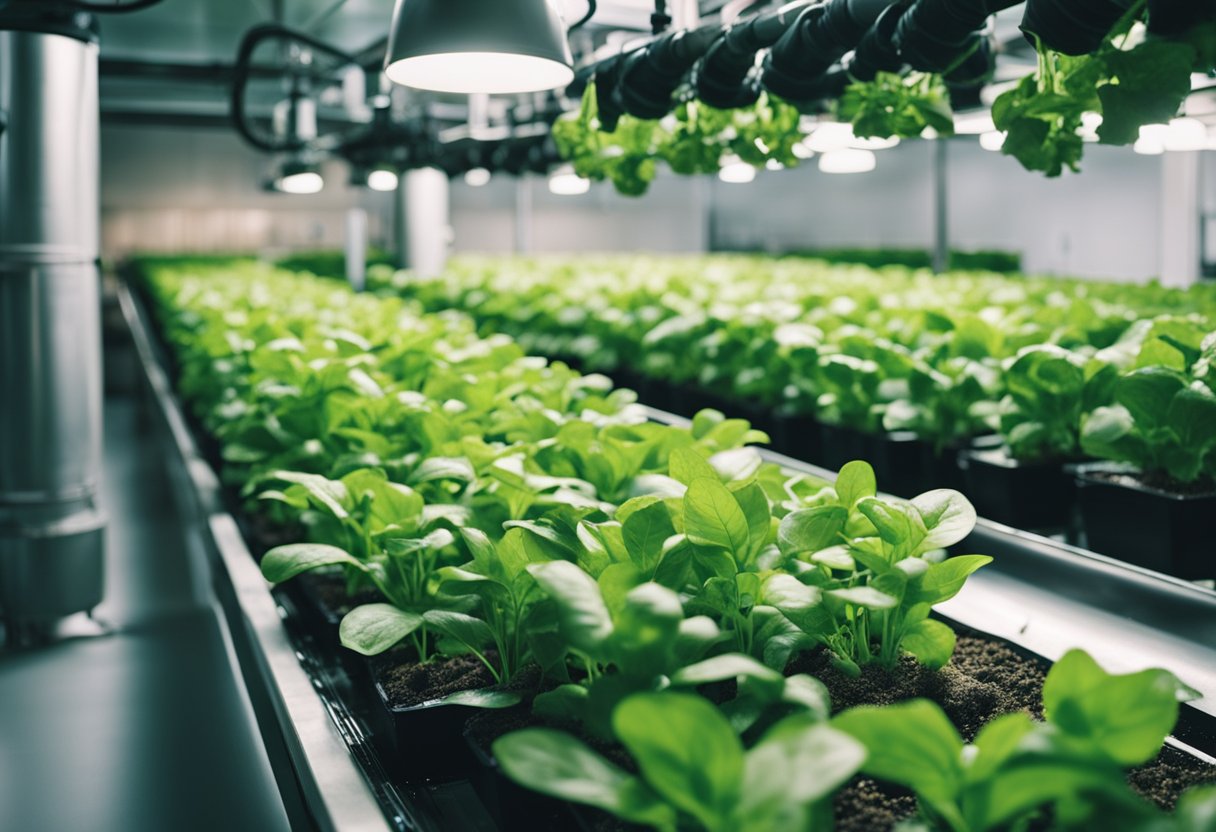
Increased Oxygen Availability
Here's the science bit! When H2O2 breaks down, it liberates oxygen molecules. This is great news for our plants, as it boosts the oxygen content around the roots. Imagine the roots taking a deep breath—exactly what they need for optimal growth and development!
Preventing Root Rot and Pathogen Control
Root rot? Yikes! Luckily, using H2O2 helps keep our water clean and free from those nasty pathogens. Experts agree that it acts like a shield, ensuring the roots stay strong and healthy by preventing diseases that can plague our plant's happy home.
Improved Nutrient Uptake
Boosting oxygenation in the root zone also enhances nutrient uptake. Think of it as a plant's buffet—when oxygen levels are high, roots can absorb nutrients more effectively, resulting in vibrant, healthy growth. More nutrients mean happier plants!
Remediation for Algae Growth
Ever battled with algae in your nutrient reservoirs? It’s a common foe! One gardener shared their success story using H2O2 to tackle this green menace. With just a little help, H2O2 cleared the way, making it easier for plants to soak up all those essential elements.
Potential Downsides of Using Hydrogen Peroxide
Let's chat about root rot first. While hydrogen peroxide acts as a strong disinfectant and can combat root rot, there’s a fine line between being helpful and harmful. Overdosing your hydroponics system with hydrogen peroxide can lead to stressed plants and may damage the root system. Too much of a good thing, right?
Next up: the impact on beneficial microorganisms. When we use hydrogen peroxide, it doesn't just target the bad guys like fungi, bacteria, and viruses. It can also wipe out those friendly bacteria that benefit our plant roots. The result? An upset microbial balance in the system.
Mitigation Tip: Consider reintroducing or supplementing with beneficial microbes after using hydrogen peroxide.
We also need to consider how hydrogen peroxide fares in larger systems. In more extensive, complex hydroponic setups, hydrogen peroxide might lose its punch. This decreased efficacy means we might need to explore combining it with other forms of pest control or sterilisation.
What Is Food Grade Hydrogen Peroxide?
Let's dive into food-grade hydrogen peroxide. It's quite different from the regular stuff you might have under your sink. Typically available in concentrations of 3% or 35%, this form of hydrogen peroxide is known for its purity and lack of stabilising additives, making it ideal for certain applications, including hydroponics.
Ever wondered why it’s popular in hydroponics? Food-grade hydrogen peroxide is preferred because it provides a clean oxygen release, enhancing plant growth. But hold on, it’s not all fun and games! Care is crucial when handling the higher 35% concentration, as it can be quite dangerous without proper precautions.
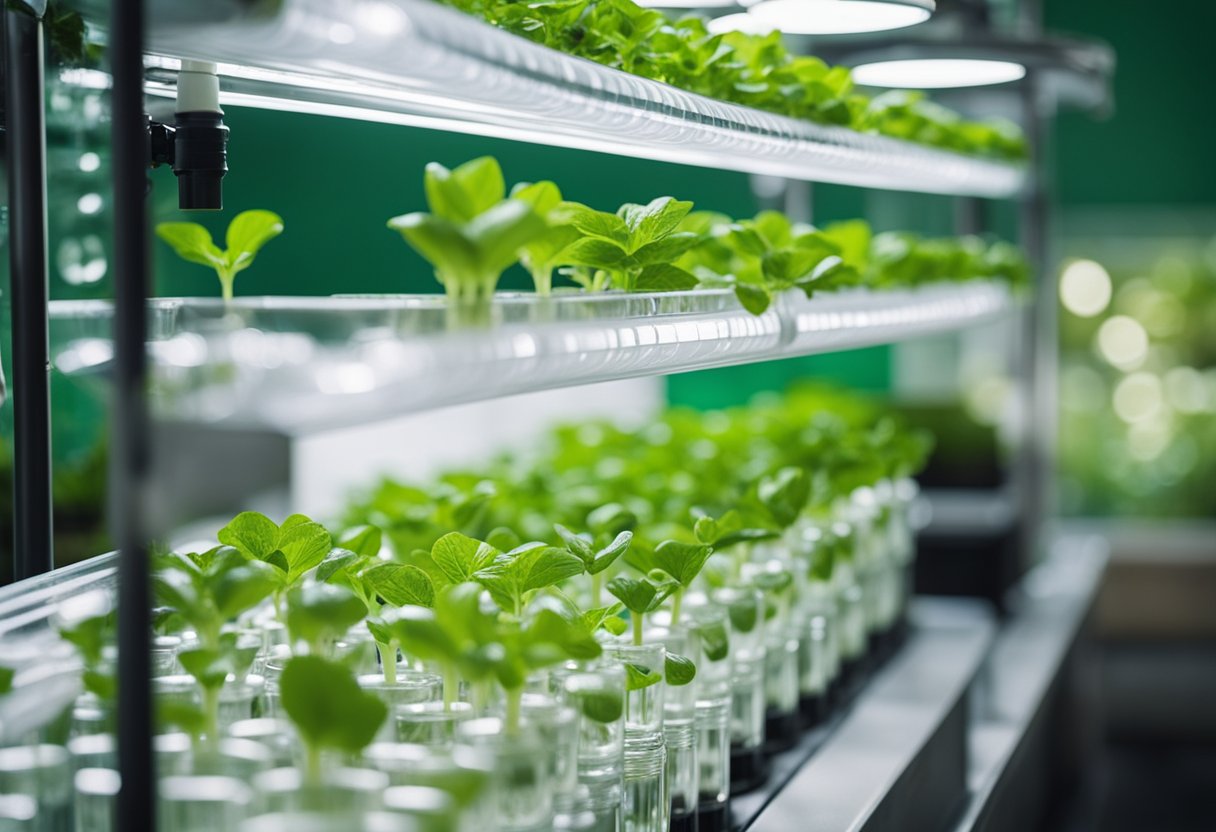
Now, why opt for food grade over the household version? Well, household hydrogen peroxide usually comes in a lower concentration and may contain stabilisers that aren't plant-friendly. Growers often report improved results when switching to food-grade variants because they leave no residues that could potentially harm the plants.
Imagine a scenario where growers experiment with food-grade H₂O₂ and suddenly their plants are thriving. It’s not magic; it's the power of pure oxygenation! This switch is often hailed as a game-changer in the hydroponic community. It’s like giving your plants a secret weapon for growth.
Ultimately, while food-grade hydrogen peroxide offers great benefits for hydroponics, we must remember to handle it responsibly. Let’s ensure safety remains a priority as we enjoy the full benefits of this versatile little molecule!
Conclusion
As we've explored together, hydrogen peroxide (H₂O₂) can be a fantastic addition to your hydroponic setup. It acts as a water purifier, destroying harmful bacteria and ensuring plant safety. When used wisely, it can help enhance root health and increase oxygen availability in your system.
The trick, and it really is a trick, is getting the dosage right. We've mentioned using 3 ml of 3% H₂O₂ per litre of water as a safe bet. Start small and see how your plants fare. Remember, consistency is key. Keep an eye on how they respond, and adjust as needed.
Here's a quick tip: Use food-grade H₂O₂ for safety. This is safe for both humans and plants.
Feeling adventurous? We're encouraging you to experiment! Try incorporating H₂O₂ into your system gradually and observe its effects. Start with well-documented concentrations and products, and make your hydroponic journey a fun, learning experience.
Whether you're a seasoned pro or a curious beginner, we hope you feel empowered to give H₂O₂ a chance. Let's get growing!

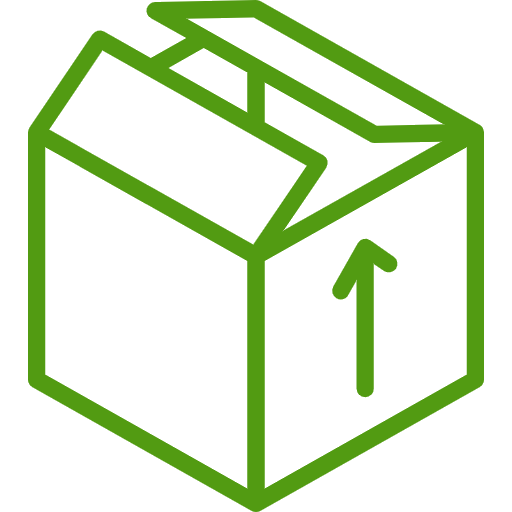





 Store Locator
Store Locator



